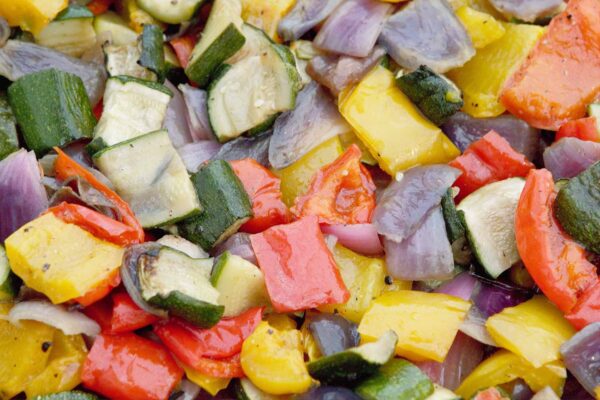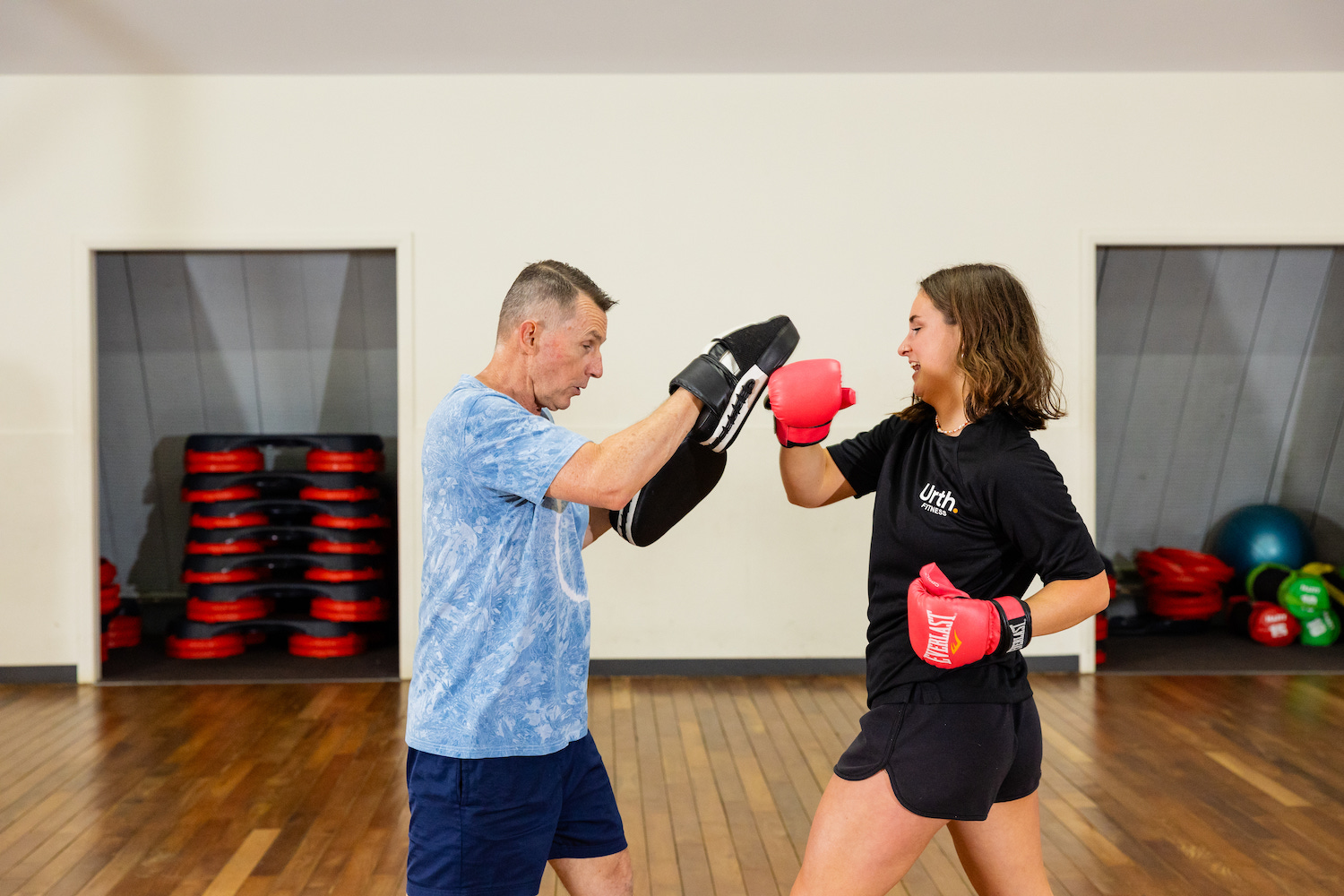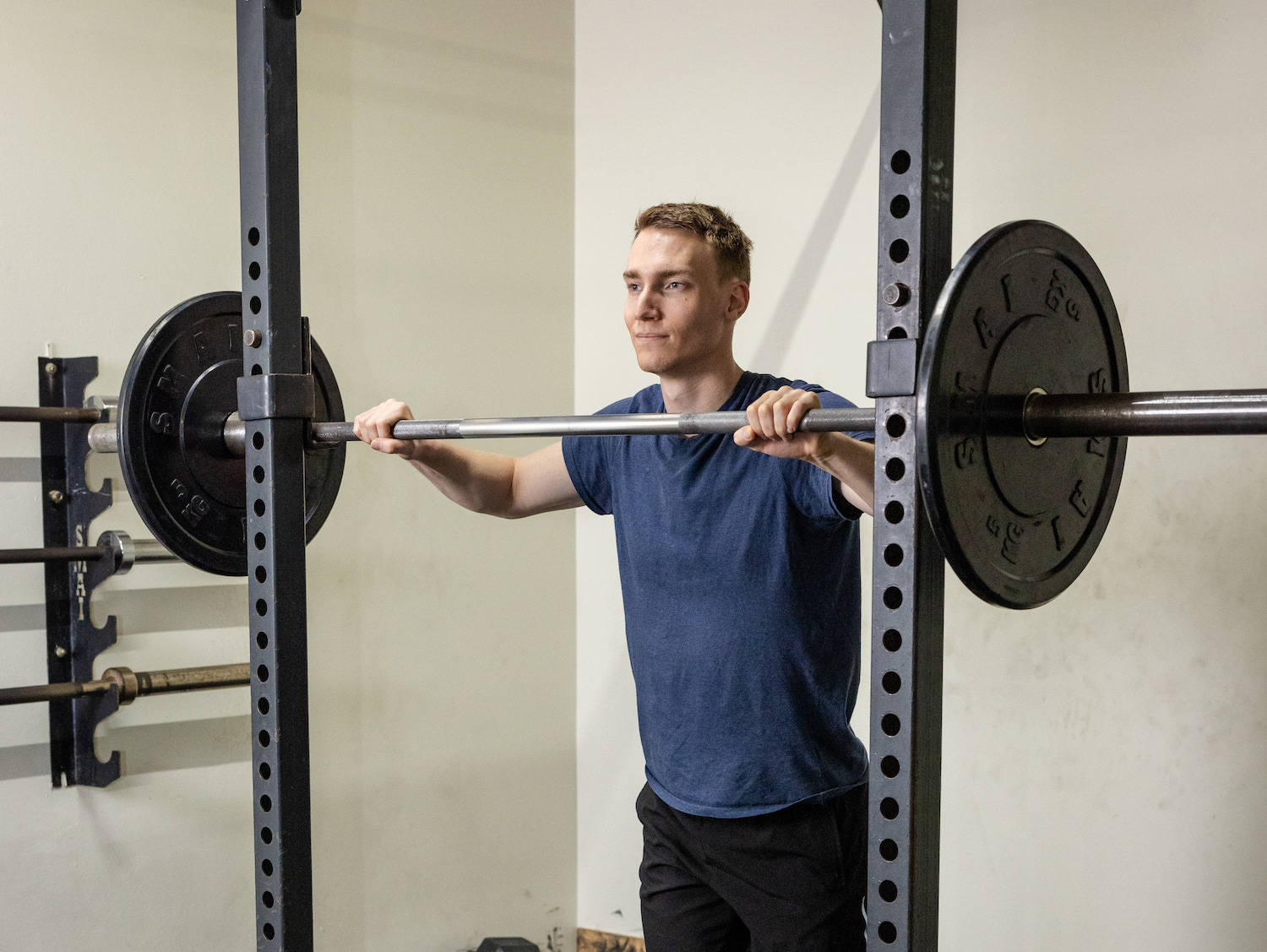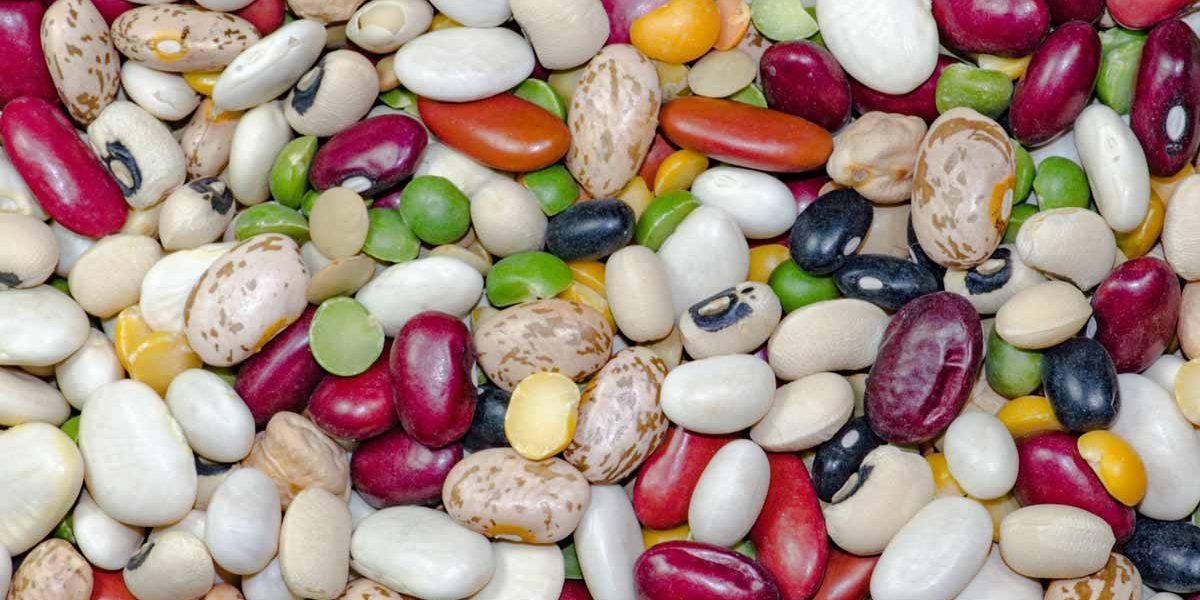We enjoy roasting vegetables — particularly until they get dark and crispy (with only a modest amount of olive oil and sea salt). Is this healthy, or does roasting to that degree eliminate the health benefits?
Roasted veggies — like crispy brussel sprouts, crunchy cauliflower or caramelised root vegetables — can taste like a guilty pleasure, almost too tasty to really be good for you. But nutritionists assure me that even though subjecting vegetables to intense heat can alter their nutritional profile and may compromise some nutrients, it can boost others. And they’re still veggies at heart: filling, full of fiber, low in calories and rich in minerals.
“If roasting vegetables will get people to eat them, I’d encourage people to roast them,” said Alice Lichtenstein, director of the cardiovascular nutrition lab at the Jean Mayer U.S.D.A. Human Nutrition Research Centre on Aging at Tufts University in Boston. “The biggest battle is just getting people to eat enough fruits and vegetables.”
Cooking vegetables does lower levels of some nutrients, especially water-soluble vitamins like C and some B vitamins. But it’s a trade off, because cooking can also make some nutrients easier for the body to absorb. Cooked tomatoes, for example, provide higher levels of lycopene, which may have cardiovascular benefits, and cooked carrots have higher levels of carotenoids, rich in antioxidants.
But don’t get stuck in a roasting rut. Varying your cooking methods and eating raw vegetables and fresh salads as well, dieticians say, may provide the broadest spectrum of nutritional benefits.
Steaming vegetables, for example, uses indirect, moist heat and is quick, “so the amount of time that the vegetable is exposed to the heat source is relatively short. That’s probably the best way to cook your vegetable and maintain the nutrients,” said Libby Mills, a spokeswoman for the Academy of Nutrition and Dietetics.
Some notes of caution when roasting vegetables: Go easy on the oil, which is high in calories and fat. And keep the temperature well below the oil’s smoke point, or the point at which the oil starts to burn (that’s about 410 degrees for extra virgin or unrefined olive oil).
“Overheating breaks down the nutritional composition of the oil, changes the flavour and releases harmful free radicals,” said Leslie Beck, a Toronto-based dietician and author. “If you’re using extra-virgin olive oil, which maintains phytochemicals with anti-inflammatory properties, you’ll destroy those too.”
And salt the vegetables after roasting them; salt can lower the smoke point of oil.
You can also reduce the roasting time by parboiling the vegetables first.
Sourced from: Well





